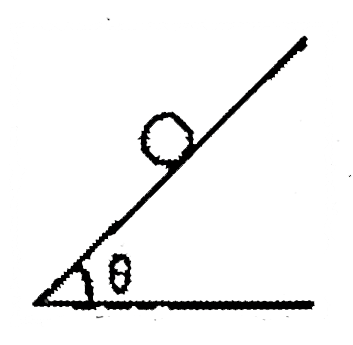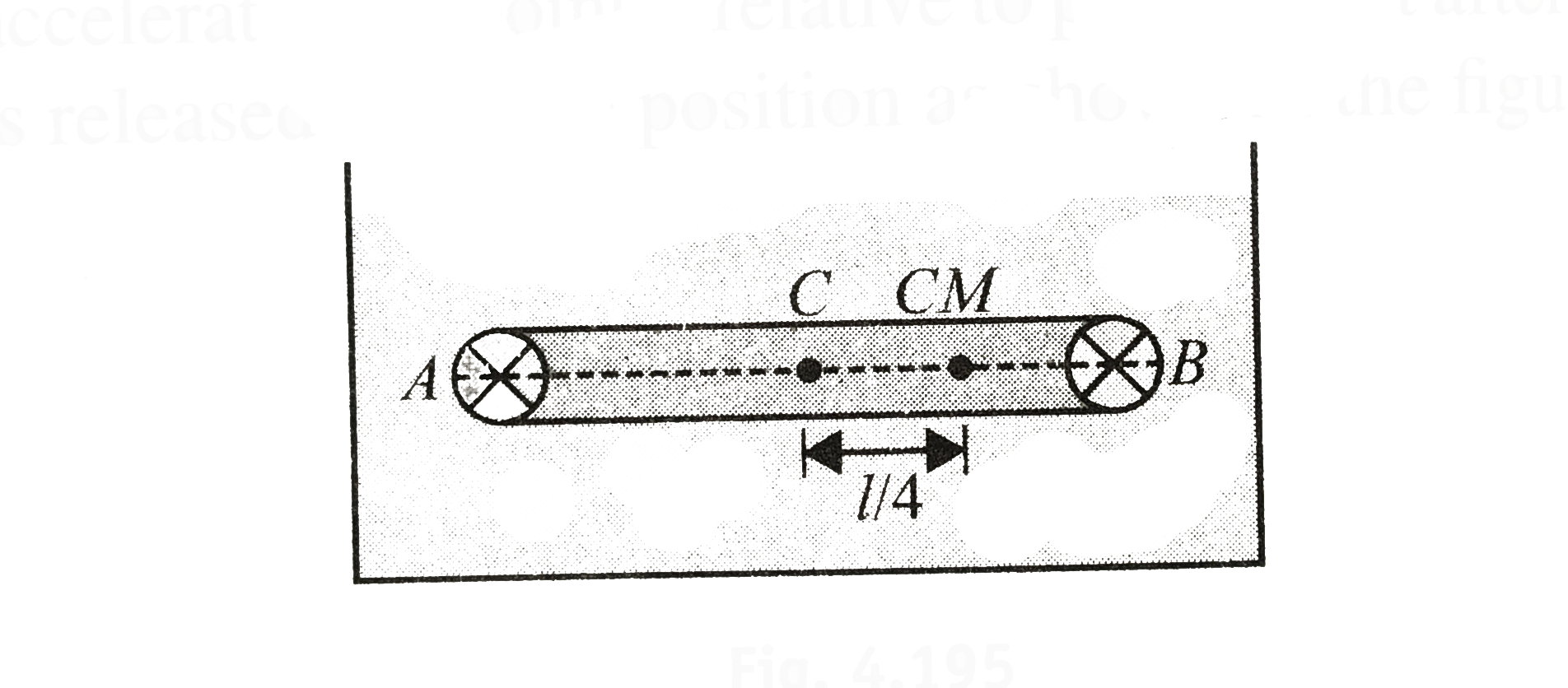A marble of mass and diameter is gently released in a tall cylinder containing honey. If the marble displaces mass of the liquid, then the terminal velocity is proportional to
The correct Answer is:D
Now, or
Similarly
Topper's Solved these Questions
- PROPERTIES OF SOLIDS AND FLUIDSBOOK - CENGAGE PHYSICSCHAPTER - PROPERTIES OF SOLIDS AND FLUIDSEXERCISE - Multiple Correct
17 Videos
- PROPERTIES OF SOLIDS AND FLUIDSBOOK - CENGAGE PHYSICSCHAPTER - PROPERTIES OF SOLIDS AND FLUIDSEXERCISE - Assertion- Reasoning
13 Videos
- PROPERTIES OF SOLIDS AND FLUIDSBOOK - CENGAGE PHYSICSCHAPTER - PROPERTIES OF SOLIDS AND FLUIDSEXERCISE - Subjective
16 Videos
- NEWTON'S LAWS OF MOTION 2BOOK - CENGAGE PHYSICSCHAPTER - NEWTON'S LAWS OF MOTION 2EXERCISE - Integer type
1 Videos
- RIGID BODY DYNAMICS 1BOOK - CENGAGE PHYSICSCHAPTER - RIGID BODY DYNAMICS 1EXERCISE - Integer
11 Videos
Similar Questions
A liquid drop of mass m andradius r is falling from great height. Its velocity is proportional to
View SolutionA tiny sphere of mass m and density x is dropped in a jar of glycerine of density y. When the sphere aquires terminal velocity, the magnitude of the viscous force acting on it is :
View Solution
Knowledge Check
A spherical metal ball of mass m and radius (r) is falling through a viscous medium. The value of its terminal velocity is proportional to
A1rBmrC√mrDmA small steel ball of mass m and radius r is falling under gravity through a viscous liquid of coefficient of viscosity η. If g is the value of acceleration due to gravity. Then the terminal velocity of the ball is proportional to (ignore buoyancy)
Amg(η)rBmg(η)rCmgrηDmgrηA small metal ball of mass m is dropped in a liquid contained in a vessel , attains a terminal velocity v . If a metal ball of same material but of mass 8 m is droped is same liquid then the terminal velocity will be
AVB2VC4 VD8 V
A ring of mass M and radius R is released on an inclined as shown. If the coefficient of friction μ<12tanθ, then during a displacement l:

View SolutionOne spherical ball of radius R, density of released in liquid of density d/2 attains a terminal velocity V. Another ball of radius 2R and density 1.5 d released in the liquid will attain a terminal velocity
View SolutionTwo copper balls of radius r and 2r are released at rest in a long tube filled with liquid of uniform viscosity. After some time when both the spheres acquire critical velocity (terminal velocity) then ratio of viscous force on the balls is :
View SolutionThe displacement 'x' (in meter) of a particle of mass 'm' (in kg) moving in one dimension under the action of a force is released to time 't' (in sec) by t=√x+3. The displacement of the particle when its velocity is zero will be.
View SolutionA non-uniform cylinder of mass m, length l and radius r is having its centre of mass at a distance l.4 from the centre and lying on the axis of the cylinder. The cylinder is kept in a liquid of uniform density ρ. The moment of inertia of the rod about the centre of mass is l. The angular acceleration of point A relative to point B just after the rod is released from the position as shown in the figure is

View Solution
